Every local weather requires completely different garments. Don’t you agree? Being considerably extra cussed than others, it took me two years to determine mixtures that labored effectively in all circumstances. With an goal towards shortening the educational curve, I current the next discussions on clothes choices.
Now, simply since you don’t see it right here doesn’t imply it received’t work. The contributors to this website can solely go by their circumstances and desires. Even beneath the identical circumstances, completely different riders have completely different wants. So be certain you apply somewhat unbiased thought earlier than you blindly take recommendation written right here.
Completely different Climates For Icebiking
There are a number of completely different local weather sorts into which we are going to divide the world for icebike clothes. Your space will probably be predominantly one of many different of those, however it’s prone to fall into every sort for components of the yr.
1. Chilly moist
Maritime areas, Oregon, Washington, Scotland, Maine, and so forth. Numerous rain, the potential for many heavy snow, and durations of rapidly forming Ice.
2. Cool dry
Not likely icebiking areas, however occasional Ice, Snow, and never numerous rain. Principally inside areas, Deserts, and prairie areas. Can have wind as a continuing companion. Texas, New Mexico, and different excessive planes areas.
3. Chilly dry
Very Chilly areas, dry powder snow, windy. Canadian prairies, Inside Alaska, Greenland, Inside Norway, Finland.
4. Heat
Sorry, we don’t cowl that right here…
Every of those areas requires a unique strategy to dressing and the way you costume relies on what you propose to do. The commuter could make use of completely different methods than somebody going out to trip for a number of hours on a Saturday.
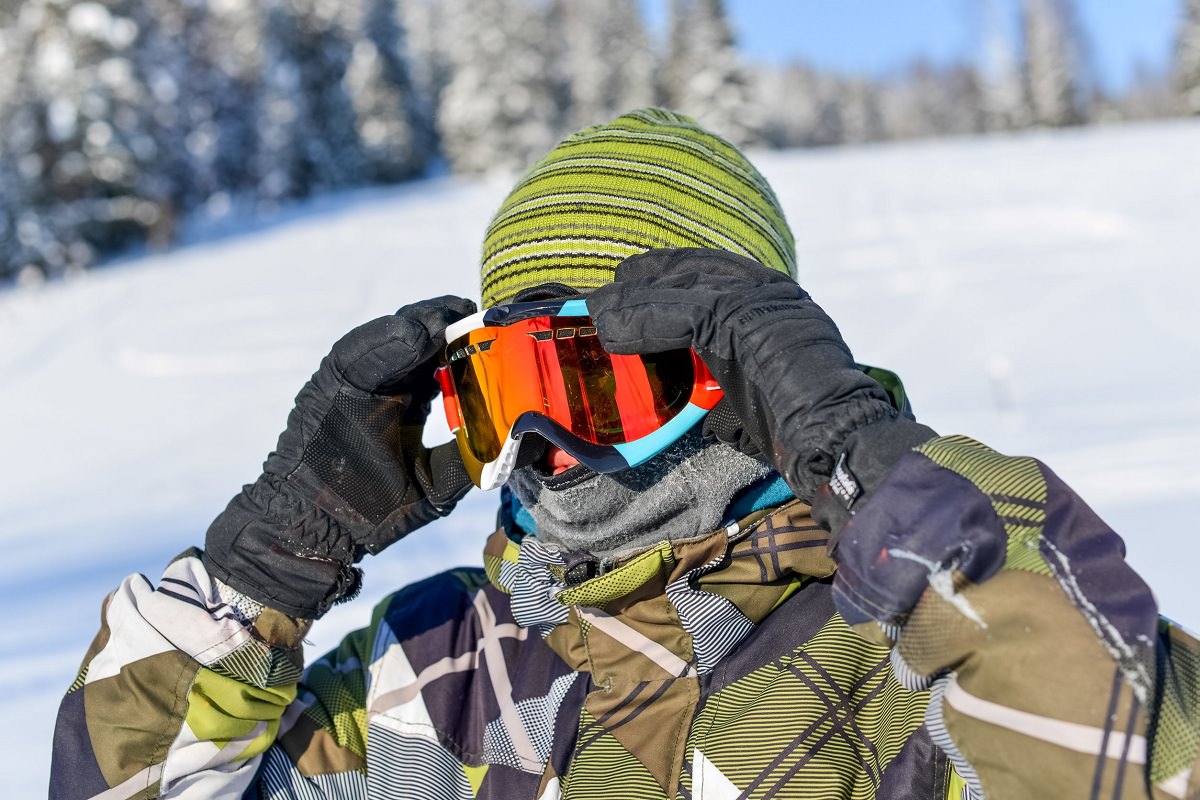
Dressing Technique
Relying on the length of the trip, a number of completely different methods of costume can be utilized.
1. Layering
Layering is an out of doors clothes technique that’s in all probability already acquainted to you, utilizing layers of clothes that may be added and subtracted because the temperature and your exercise change.
You may begin with a warm-wicking garment near the pores and skin, a heat pile above that, and a windproof outer layer. As you begin on a winter trip, the temperature could also be chilly, and you’ll really feel nice. As you warmth up, or the day warms up it’s possible you’ll wish to take away a layer to maintain from overheating.
You may wish to add layers too, so carrying compact extra-layer clothes is sensible. This may increasingly come in useful if you cease to eat or relaxation and discover that you’re chilling. You will need to add clothes or subtract it earlier than you get too chilly or too scorching.
You can see that you could management warmth loss fairly effectively by eradicating or including headgear as your head is an excellent radiator of warmth.
Wish to know the proper methodology? Learn our information to grasp tips on how to layer winter biking garments!
Why Layering Doesn’t All the time Work
The issue with layering in winter biking is that it simply doesn’t work very effectively. Many cyclists on the icebike mailing listing report that they only don’t use the layering methodology in any respect. Listed here are some causes:
- Cyclists are loath to cease and alter layers as a result of it’s typically the beneath layers that have to be modified, seldom the highest layer. If you’re getting too heat, you’ll nonetheless need your windproof layer (the highest layer), so what you must do is take away that, then take away one of many beneath layers, discover someplace to stash it, then get again on the bike and get transferring earlier than you get too chilly. That is simple for a hiker, or cross-country skier, they’ll normally simply add or subtract the outer layer, however a bike owner transferring at 15 to 20mph can’t spare the wind shell.
- Then there may be the issue of storing the eliminated layer. Except you may have a backpack or panniers this can be a problem. In fact, we aren’t even mentioning the issues concerned in undressing and redressing in public or in a howling wind.
- Cyclists generate numerous sweat. By the point you understand you’re too scorching, you’re already moist. (A wicking underlayer helps rather a lot. See beneath). For those who don’t take away the moist garment, you’ll chill your self greater than you suppose because the higher layers are eliminated. Cyclists can regulate temperature by degree of effort. Too chilly? Work more durable! Overheating? Drop 2mph for the subsequent mile and it makes a giant distinction, nearly instantly. Winter commuters be taught to decorate for the temperature. They are going to begin barely underdressed, and subsequently feeling somewhat chilly. In a few miles, they’re warmed up and cranking alongside.
- As soon as underway, most winter commuters will regulate temperature by work degree moderately than cease and alter. Lengthy-range commuters (an hour or extra en route) report extra frequent use of layering. Rain gear is the exception. Most icebikers will cease and don rain gear if it begins to rain en route.
- Leisure riders are usually out longer and have stops deliberate, to eat, chat, or no matter. In these instances, the place main modifications of exercise are deliberate, the layering precept comes on robust. In contrast to commuters, path riders can’t plan on ducking right into a retailer to heat up and have to be ready for breakdowns and modifications within the climate.
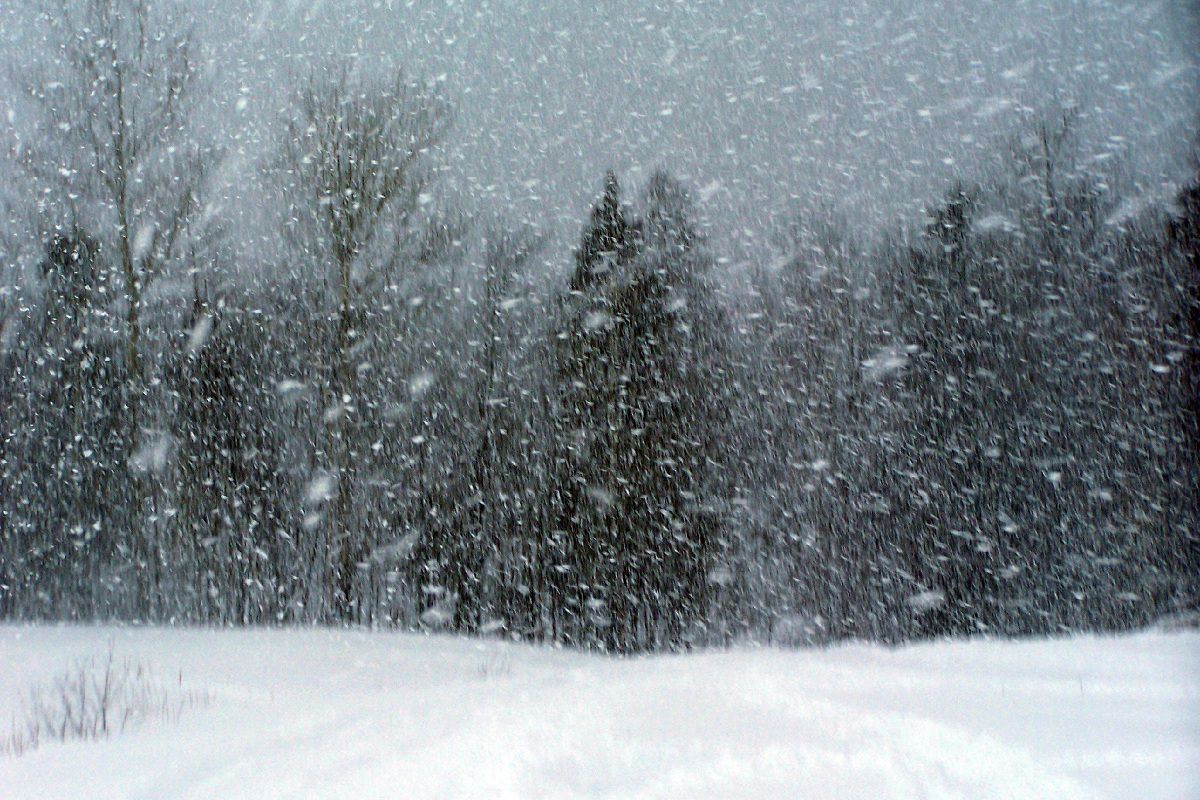
2. Studying to Learn The Climate
I’m not about to counsel you enroll in a meteorology class, however there’s a nice deal to be stated for simply taking note of what works for you. If one trip is simply too chilly, be taught to consider what you wore as one thing that wants the help of one other layer. This nearly implies that you’ll make a number of errors alongside the way in which, and over-dress or under-dress a number of occasions until you get all of it discovered.
Get within the behavior of noticing if you’re comfy. Usually I discover myself using alongside in some depraved chilly climate saying to myself (sure, I do discuss to myself and the bike too) “That is alright – This feels nice”. I make an observation of the temperature and what mixtures of clothes I’m carrying and retailer it away.
I get so I can simply learn the thermometer and know instinctively what to put on. I don’t typically get stunned by poor choices anymore. If you’re new to winter biking, it’d take a yr to determine the proper mixtures of layers and materials.
Don’t be too cussed to backtrack a mile or two to get an additional layer. It means the distinction between an gratifying outing and a discouraging trip.
I want to suggest one thing so simple as a thermometer. These items are the best – you stand up within the morning and have a look at the temperature and suppose “-12 C – okay, meaning I solely want my polypro undershirt and my polar fleece jacket, however I want the balaclava and the polypro layer on the underside too”.
The good factor about biking is that you simply don’t have to regulate for various wind-chill – when you’re biking the wind chill is there even on a relaxed day. All you could know is the precipitation state of affairs and the temperature – one look out my window and I do know all of it. The radio stations, TV, Web, and so forth. give temperatures that fluctuate by +-2 C (about +-4 F) over my thermometer – the impact of various places inside and across the metropolis and/or lags in reporting temperature modifications. So my thermometer is significantly better.
3. Wicking materials
One of many nice boons to winter biking, particularly in freezing temperatures, is the arrival of wicking material. Offered beneath numerous commerce names (Capilene, Thermax, and so forth) these are normally a mix of polyester and maybe as much as 10 p.c lycra thrown in for match.
With these materials, it isn’t uncommon to exit for a quick trip on a really chilly day and have your outer layer be moist (not from rain) however the layer subsequent to your pores and skin be fairly dry. The polyester material wicks the moisture to the outer layers the place it condenses. The essential factor is that you’re heat and dry.
The North Face, Patagonia, and DuoFold are all producers of “poly” materials.
Figuring Materials Of Winter Biking Garments
Deciding on winter biking garments is difficult sufficient with the should be heat however not too heat, tight sufficient to not flap within the breeze however not binding, and water wicking however not water absorbent.
The duty is made worse by the endless collection of materials with magic bullet names, mountains of hype and promoting claims, and costly value tags. How can the common bike owner have time to find out what’s true and what’s hype? Which producer’s claims and counterclaims do you have to consider?
Right here we got down to collect all of this data in a single spot and try to clarify the buzzwords.
1. Wicking materials – the bottom layer
You typically hear {that a} wicking underlayer is essential and an absorbent underlayer have to be prevented.
So what’s the distinction? Absorbent materials absorb water and maintain onto it. Wicking materials switch water someplace else, with out absorbing it. At the very least that’s the declare. All wicking materials depend on capillary motion, typically mixed with water-repelling coatings of the fibers. Most are some type of polyester, the one main exception being polypropylene. Some are microfibers.
(Microfibers aren’t a fiber unto themselves. It’s a expertise developed to provide an ultra-fine fiber, after which weave it or knit it into a really high-quality material. DuPont launched the primary polyester Microfibers in 1989.)
Capillary motion (wicking within the truest sense) will appeal to water from places the place it’s ample and transport it to areas the place it’s much less ample. When all components of a garment are equally moist capillary motion ceases. Usually water in a material tries to coat all components of every fiber. This appears to be water’s activity in life.
If the fibers of the material could be made water repellant, moderately than have the water cling to every fiber, it should don’t have anything to carry it in place and can act like water on the hood of a waxed automotive, it should basically attempt to bead up. If the construction of the fibers is such that it’s conducive to wicking (lengthy parallel strands) then capillary motion will pull this water in all instructions the place a lesser density of water exists.
Most materials which might be touted as having good wicking traits will trigger a single drop of water to bead up when dropped onto the material. Do that on some Thermax or Capilene and the bead will sit there for a while – minutes in some instances. If the water drop hits a material floor that’s not horizontal it’d simply bead up and roll proper off.
On cotton, a single drop of water will immediately disappear into the material. Polypropylene doesn’t wick very effectively however will take up a drop of water rapidly. Now you may suppose that this is able to point out that the Thermax or Capilene can be a poor transporter of water because it tends to repel water. You may suppose cotton and Polypropylene can be good wicking materials.
The reality is that capillary motion is a weak pressure, and if the material is to wick, it will need to have no affinity for the water. Cotton has a terrific affinity for water. It soaks up water rapidly – and holds on to it, preserving it close to your pores and skin.
It appears doubtless that division retailer personnel will take a really dim view of your dropping water on clothes on the shelf, so do these checks at house and be ready earlier than you store.
Wicking within the winter
Wicking materials have a tendency to maneuver perspiration away from the supply (you) to anyplace dryer. It isn’t uncommon to seek out the outer garment soaked and the inside one comparatively dry. It’s because until it’s heat sufficient for evaporation to happen, the higher layer is so far as water transport can go earlier than colder temperatures gradual it down. This saturation will finally work backward, constructing water nearer and nearer to your pores and skin. When that occurs, you’ll get chilly as quickly as you cease exercising.
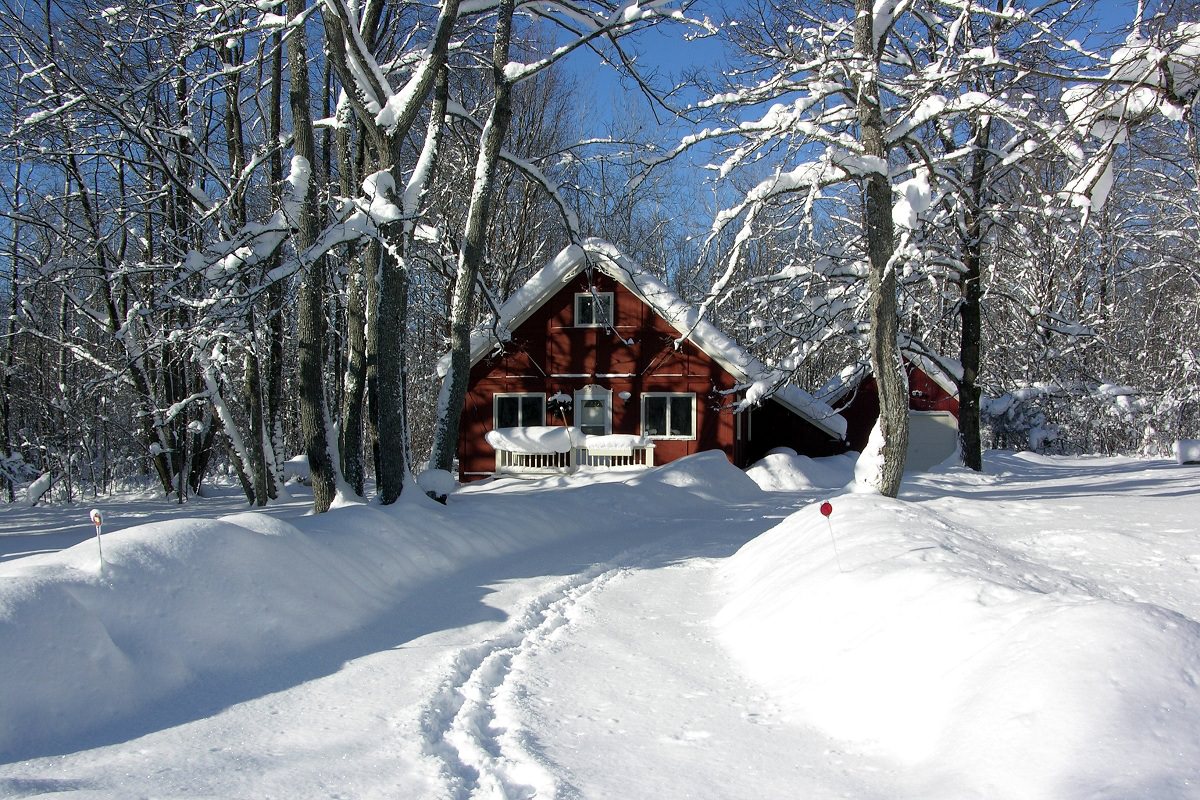
2. Heat materials – mid layer
If this web page handled pure materials, excessive on the listing can be wool. Nonetheless a sensible choice for cyclists, wool center layers present glorious thermal properties and maintain you heat even when moist. Nevertheless, wool.
The information lately is within the newer “fleece” materials. These materials are tightly woven meshes, normally of microfibers that present air entrapment, wicking, and excessive insulation properties whereas retaining mild weight.
Most likely one of the best identified is Polartec from Malden Mills, nevertheless, there are a number of others comparable to Synchilla fleece, Capilene fleece, and so forth. A few of these are made out of recycled soda bottles that are melted and spun into polyester fibers.
These fleeces are far decrease upkeep than wool, and so they dry faster and supply wicking in order that moisture depraved up by your base layer is moved away from you. Fleece clothes don’t shed water very effectively and normally require a shell of some type.
The opposite “new” insulation material is Thinsulate, by the 3M firm. New is in quotes as a result of it has been round in a single kind or one other since 1978, though new varieties are showing often. Thinsulate is a mix of polyester and olefin (neither of these phrases is all that particular, however it’s laborious to pry these secrets and techniques from large corporations). Thinsulate is a microfiber materials and may typically be present in a number of the identical varieties of clothes as fleeces. Some Thinsulate is recycled materials.
The issue with heat materials
I’m not conscious of any points with these newer fleece materials in winter use. In any case that’s exactly what they have been designed for. They even work effectively when moist. The one downside is that they don’t seem to be sturdy and wish a shell to guard them, and so they can choose up odors if not washed regularly.
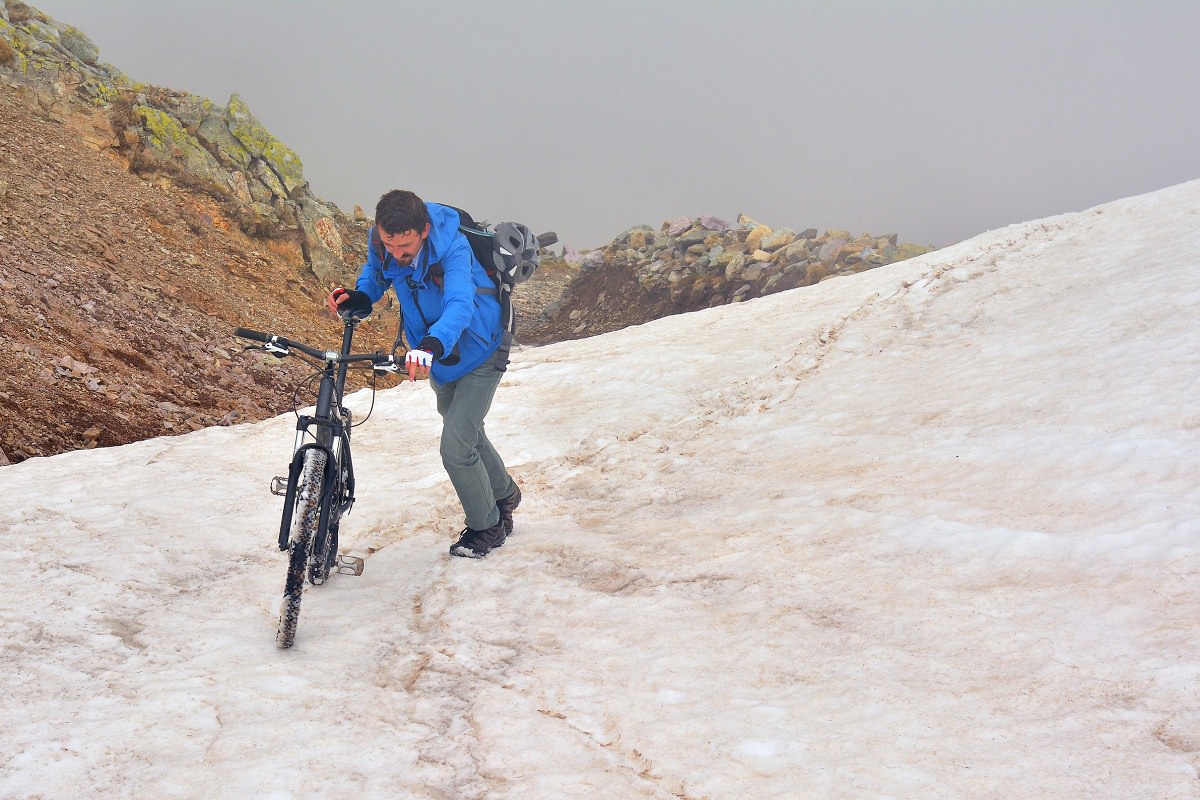
3. Breathable materials – the outer layer
Breathability is the flexibility of a material to go water vapor whereas blocking water. It does this normally by having micro-pores, holes too small to permit liquid water in, however giant sufficient to permit water vapor out.
One would suppose {that a} molecule of water is similar no matter its bodily state – one oxygen atom certain to 2 hydrogen atoms. True sufficient, however within the liquid state there may be the stickiness of the molecules themselves, (they have an inclination to clump collectively), and floor rigidity. These two forces (possibly they’re the identical pressure by completely different names) mix to forestall the passage of liquid water via the membrane. Apply somewhat cleaning soap to the skin of any microprobes material (thereby destroying the floor rigidity of liquid water) and your rain jacket passes water identical to cotton.
These microporous materials (Gore-Tex being the prime instance) work on a partial stress differential between the edges of the material. It have to be extra moist and heat contained in the jacket than it’s exterior the jacket or it is not going to go water vapor in the popular course.
Additionally, any collected rain on the floor tends to dam the holes stopping the respiratory impact that we’re relying on to hold away water vapor. Nevertheless, it’s a widespread false impression that as quickly as you get the skin of your Gore-Tex biking jacket moist all respiratory ceases. This isn’t true, as a result of your Gore-Tex is just not moist, simply the shell. The Gore-Tex is sandwiched beneath the shell, it’s laminated to the bottom material, which is normally nylon and all the time handled with a water-repellant end.
It’s far too delicate to function an out of doors layer. It’s also too delicate to function an inside layer, so it’s normally protected by a sewn-in liner. (You may see the precise Gore-Tex by trying on the within the shell if yow will discover anyplace the place there isn’t a liner, comparable to at pit zips or shoulder vents.)
Nevertheless, in case your shell layer is saturated, even when the Gore-Tex continues to be respiratory, the end result stands out as the identical. Its no use having breathable layers if the outer layers stop all respiratory after they grow to be saturated.
Not all breathable materials are made this manner. Some are coatings utilized to a base material. (The distinction between a coating and a laminate is essentially a distinction within the building course of).
Lowe Alpine and Unitika Industries manufacture a material known as Triplepoint Ceramic which makes use of two coatings to attain breathability. The primary layer is the microporous water-repelling layer, and the second is a water-attracting non-porous layer. (The second layer is to the outside of the garment.) A water-repellent end is then added on high.
After soaking, your breathable material does cease respiratory to an extent. Assessments confirmed that each one materials lose a component of breathability in moist circumstances. The varied configurations of Gore-Tex misplaced between 34 and 43% of their breathability, Helly-Tech’s decline was simply wanting 75%, however Lowe Alpine’s Triple Level Ceramic 1200, misplaced simply 15% of its breathability. So don’t consider the naysayers who inform you that your breathable jacket stops respiratory within the slightest rain.
So far as I can inform, all breathable however waterproof materials rely closely on the water-repellant outer end to forestall the microporous layers from getting plugged by water (as may occur in heavy rain) or grease, dust, and oils.
You could possibly replenish this water-repellant layer because it ages through the use of spray on business merchandise comparable to Nikwax or “Scotchgard Water Repellent for Outside Materials”. There have been raging debates on this topic on numerous bicycle mailing lists, however the important thing level to recollect is that the material producers themselves apply such a coating.
Solely spray the skin floor and don’t rub or iron it in, the water repellency is required solely on the floor. Along with waterproof materials, there are windproof materials to be used in outer shells. These stands out as the heavier pack-cloth or Cordura sort of cloth, or the newer micro-fleeces which incorporate a windproof layer.
The windproof micro-fleeces are a number of the higher materials for winter biking (at below-freezing temperatures) as a result of they’re extremely breathable, very heat, and lightweight. These clothes typically weigh lower than half as a lot as a standard winter garment and are much less restrictive to motion.
And, since they’re extremely breathable, far more so than any of the rain gear-oriented materials, you’ll not get as clammy carrying them when working laborious. These clothes usually can function a mid-layer or an outer layer and as such are very versatile.
Windstopper is the trademark of Gore for his or her microfleece with a windproof layer. This material is utilized by Pearl Izumi, The North Face, and plenty of others to make windproof clothes. These materials simply arrived available on the market in 96 and aren’t but well-known or confirmed, however a number of icebikers report good outcomes with WindBlocker Fleece.
Breathability within the winter
Not one of the producers are too particular about their claims of breathability in very chilly climate. There may be some hypothesis that water vapor dutifully vented via the microporous layer will grow to be trapped in that layer or the shell layer because it freezes upon contact with the chilly.
You might have seen proof of this whereas icebiking. It’s possible you’ll discover a really nice frost forming in your jacket. For those who take off the jacket you may typically shake this frost off. For that reason, and for the truth that when it’s that chilly you don’t want to fret about rain, many cyclists swap to another outer layer when it will get actually chilly.
The windproof fleeces are designed for the chilly, so presumably, they are going to function higher on this setting than the waterproof supplies.
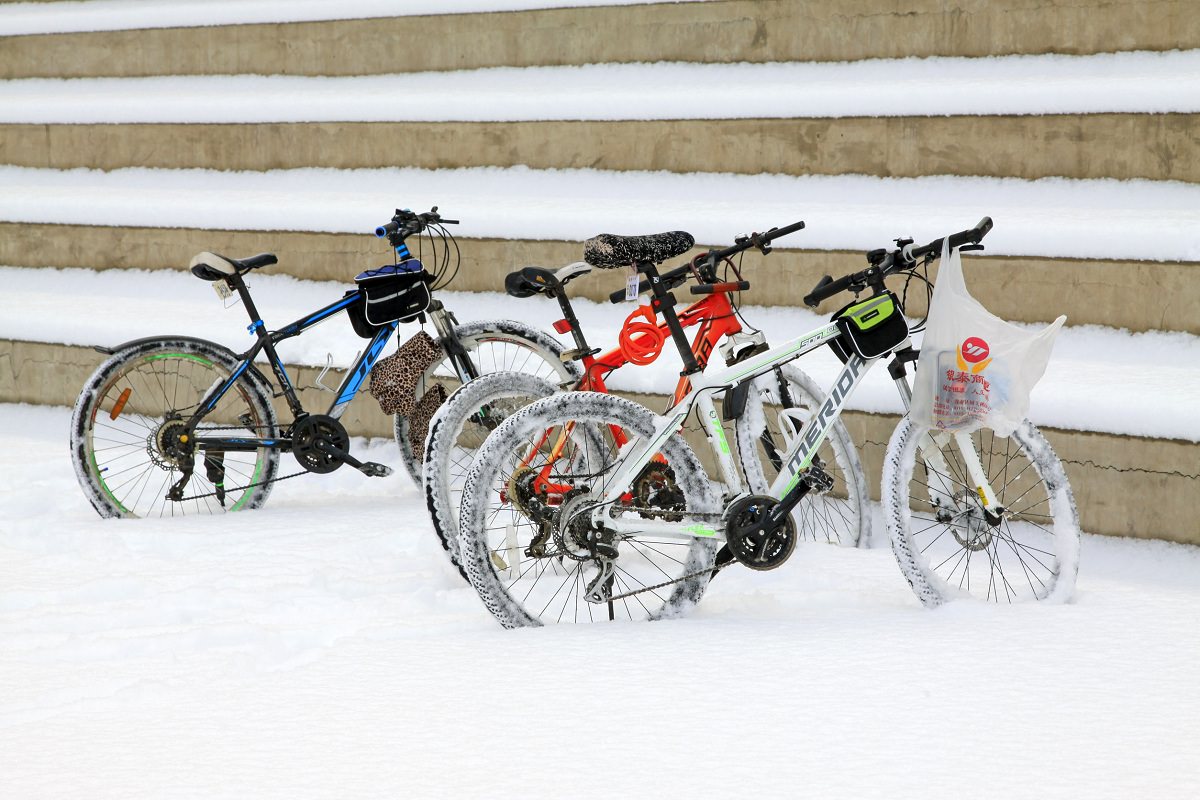
Understanding Completely different Materials
Definitions (greater than you needed to know):
- Nylon: Polyamide by which lower than 85% of the amide linkages are straight hooked up to 2 fragrant rings (Huh?)
- Olefin: At the very least 85% ethylene, propylene, or different olefin items
- Polyester: At the very least 85% ester of a substituted fragrant carboxylic acid together with however not restricted to substituted terephthalate items and para-substituted hydroxybenzoate items (Ah, Okay)
- Rayon: Regenerated cellulose with lower than 15% chemically mixed substituents (Synthetic Fibers – see beneath)
- Spandex: Elastomer of a minimum of 85% of a segmented polyurethane
- Artificial: Man-made fibers are additional subdivided into two broad lessons based mostly on the manufacturing course of used to acquire them. “Artificial” man-made fibers are produced by polymerization of natural monomers (an natural molecule is a chemical that accommodates carbon and was normally, (however not all the time) derived initially from residing matter).On the whole, these monomers are derived from petroleum distillates and the method entails the linking collectively of the monomers by chemical means. For instance, the natural monomer ethylene is linked in a steady chain of repeating ethylene monomers to kind polyethylene which is extruded via a spinneret to kind a polyethylene fiber.
- Synthetic: The second class of artificial fibers is the “synthetic” man-made fibers. These fibers are produced by remodeling pure natural polymer. In different phrases, these merchandise usually exist as polymers within the pure state comparable to cellulose in wooden, and are damaged down and reassembled in synthetic fibers. Since that they had a pre-existence as polymers, their manufacturing course of is distinctly completely different.
Properties of varied materials
| Model Identify | Producer | Development | Wicking | Layer | Design Use | Feedback |
|---|---|---|---|---|---|---|
| Polartec | Malden Mills | Polyester Fleece | Sure | mid/outer | Heat | A number of Varieties |
| Xalt | Burlington | Two layer Gore-Tex clone | No | outer | Respiratory | New Material |
| Gore-Tex | Gore | Two/Three Layer | No | outer | Respiratory | |
| Activent | Gore | Not air permeable but, Breathable* | No | outer | Respiratory | |
| DryLine Milliken | Two Layer Polester/Nylon | Sure | base | heat | Base Layer | |
| Akwatek Consolation Applied sciences | Polyester | Sure | base | heat | Retail Supply | |
| Akwadyne | Consolation Applied sciences | Nylon terry | Sure | base | heat | Licensee |
| Thermastat | DuPont | Dacron (hole core) | Sure | base | heat | Utilized by Duofold |
| Versatech | Burlington Mills | Windproof Water resist | No | outer | Respiratory | Cheaper Activent |
| Therma F.I.T. | Nike | Polyester Fleece | Sure | mid/outer | Heat | thinner than most |
| Windstopper | Gore | Windproof Micro Fleece, Breathable* | Not Essentially | mid/outer | Heat, Breathable, Wind Proof | |
| Pile & Pertex | Buffalo | Windproof Micro Fleece, Breathable* | Sure | mid/outer | Heat, Breathable, Wind Proof | Particular Evaluation |
*Breathable right here refers to water vapor transiting the material.
What to Keep away from Whereas Dressing For Winter
As a routine icbiker, listed here are some issues
- The final recommendation is to keep away from cotton subsequent to the pores and skin. Some of us get downright adamant about this. Others simply keep away from it on lengthy rides. The issue is that cotton soaks up perspiration and simply hangs on to it, preserving it proper in your pores and skin. The minute you decelerate or cease working you get very chilly in a short time.
- Keep away from over-dressing. Begin out somewhat chilly. If you’re frightened about freezing take alongside one other garment, however don’t exit overdressed.
- Keep away from the concept that if it wasn’t made for biking it isn’t any good. Actually, you’ll find comparatively few “made for biking” merchandise that work effectively in winter. There are simply now starting to come back obtainable biking tights which might be heat sufficient or gloves that maintain your arms heat when they’re in the identical place for hours. Usually ski gear works effectively.
- Clipless pedals and sneakers usually don’t minimize it in actually chilly winters. Even when they didn’t get filled with snow and work poorly, the cleats are usually bolted to a metal plate straight beneath your foot. This sucks the warmth proper out via the cleat and freezes the only of your foot very quickly. Clips and straps work higher. A light-weight winter boot or mountain climbing boot retains you heat. In the event that they aren’t “bikey” sufficient for you, be at liberty to cowl them with garish spray paint.
Understanding Systemic Hyperthermia
| Core Temp | Diploma of Hypothermia | Indicators and Signs | Cardiorespiratory Response | Degree of Consciousness |
|---|---|---|---|---|
| 95 F | Delicate | Shivering, Foot Stamping | Withdrawn | |
| 90 F | Delicate | Lack of Coordination | Confused | |
| 85 F | Average | Lethargy | Gradual Pulse | Sleepy |
| 80 F | Extreme | Coma | Weak Pulse, Arrthymthmias, Gradual respirations | Irrational |
| 78 F | Extreme | Obvious Loss of life | Ventricular Fibrillation, Cardiac Arrest | Unconscious |
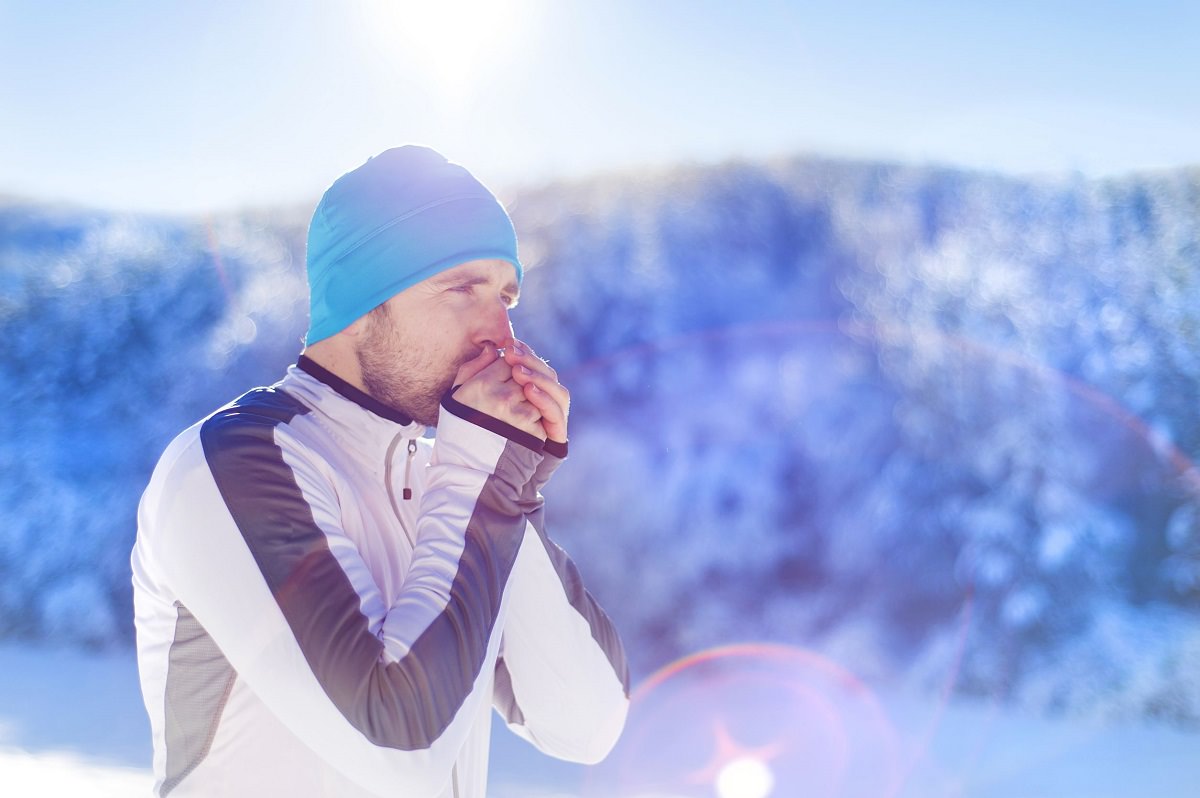
How To Costume For Winter Biking- My Recommendation
Figuring out how a lot is sufficient is the important thing. Given the variations in private perceptions of chilly, I’m reluctant to make particular suggestions as to what mixtures to put on at numerous temperatures. Within the fall, I discover I can put on shorts in colder temperatures than I’d within the spring. Hanging on to summer season, I assume. However I’ve discovered a few hints alongside the way in which that maintain me from making large clothes errors.
First, for those who step exterior and are chilly, straight away, (not on the face, however on the torso, beneath your shirt), you’re dressed too mild and you’ll in all probability by no means heat up. Return in and add a layer.
If you’re mildly chilly as you lastly get transferring, you’ll heat up quickly. Don’t push too laborious at first. Heat up for the primary mile or two earlier than you begin cranking. For those who heat up too quick within the first mile, you may plan on being means too heat a few miles down the street. To not point out drenched in sweat.
If you’re heat standing round preparing, you can be drenched after even a brief trip. If you’re on a day-long outing, or moving into a wilderness space watch out about simply how sweaty you enable your self to get. If you’re wringing moist and also you break a series or get a flat, you might be in deep trouble and have disagreeable chills by the point you get it fastened or stroll again. Hypothermia can sneak up on you.
If you end up beginning to shiver quickly after you get off the bike, you had higher rethink your plans. It might be time to show again. If in case you have the power to proceed using, then accomplish that instantly. Don’t work so laborious that you simply begin sweating closely once more, simply elevate your temperature and maintain it at a cushty degree. If it seems that you could’t go on, cease and construct some form of shelter or dig a gap within the snow earlier than you run completely out of fuel.
Lastly, however most significantly, don’t take something you’ve seen right here on this website as a suggestion to go roaring off into some huge frozen wilderness in your bicycle until what you’re doing, or you’re going with somebody who does.
If one thing breaks:
- You could be in hassle even in Upstate New York.
- You could be in deep trouble in Northern Minnesota.
- You could be severely lifeless in Central Alaska.
It seldom occurs to icebikers, as a result of they’re too sensible, however yearly a number of snowmobilers and skiers are misplaced in Alaska, the Yukon, and different frosty locations. The North doesn’t undergo fools gladly. In your first winter of biking, within the backcountry, go together with biking buddies. If commuting, you’ll in all probability not have any issues as most commuting routes are effectively traveled, however keep away from very rural routes until you’re positive of the climate and your capacity to deal with it.
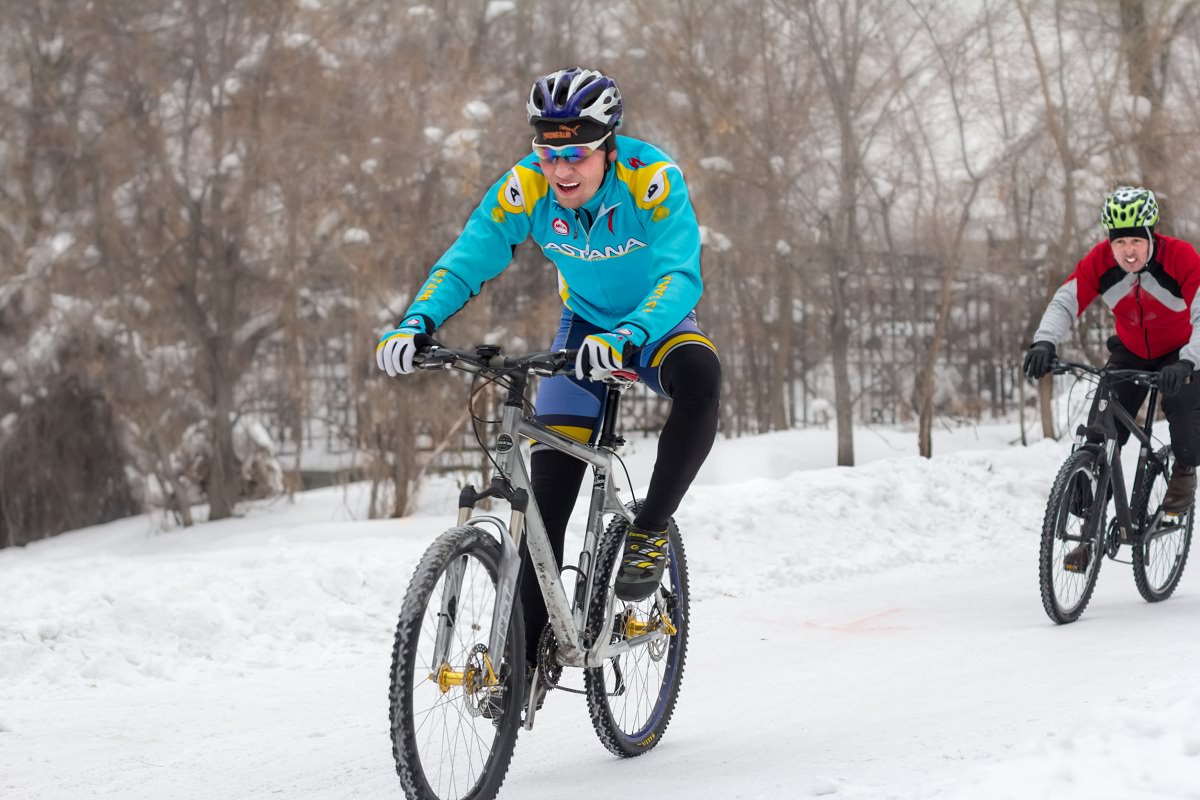
Recap
Okay, so that you’re able to go. However you want to concentrate on if you find yourself able to cease. Sadly, this isn’t all the time simple to know. Biology conspires towards you. One of many insidious issues about chilly climate is hypothermia.
It’s not that it sneaks up on you. You’ll know you’re getting chilly. You may be shivering. The subsequent factor you may have your hat off, your jacket unzipped and also you suppose you’re too heat. You don’t appear to care in regards to the chilly anymore.
The dangerous half is by that point it’s possible you’ll be too far gone to acknowledge the issue. It’s essential take note of the EARLY warning indicators, these within the first two rows beneath. And watch your using companions too.
Additionally Learn

